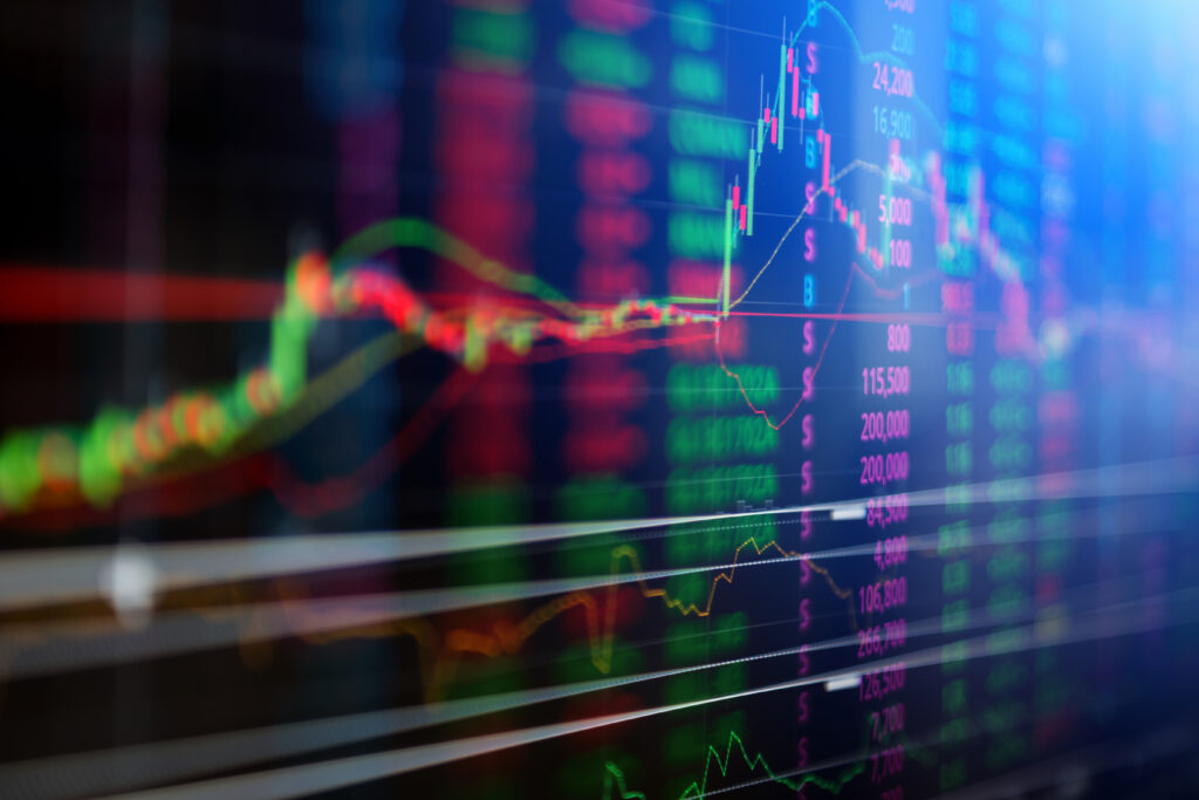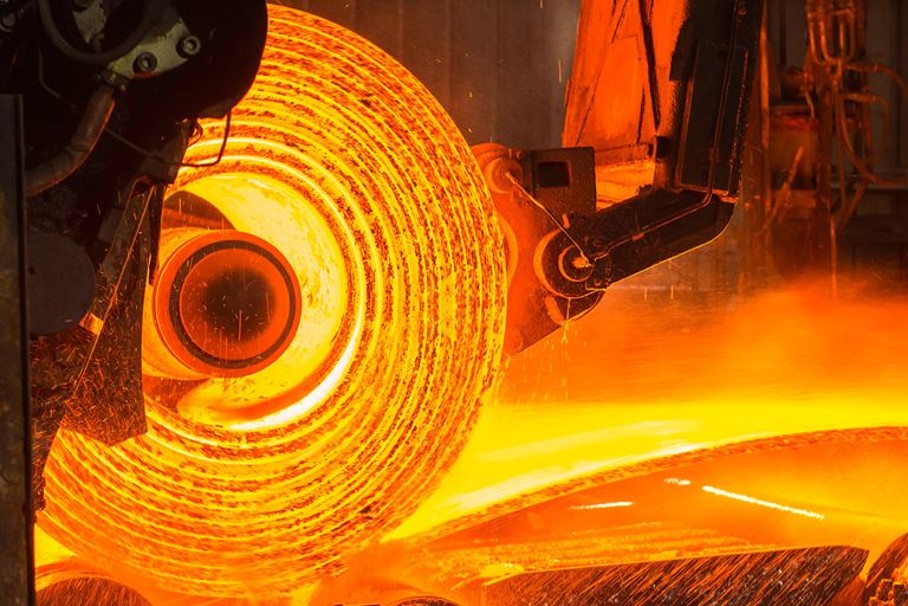Prices
February 9, 2023
Felman Inks Ferroalloy Deal With US Steelmaker
Felman Production said it has signed a five-year agreement to sell ferro-silicomanganese to a multi-billion-dollar publicly traded steel and metal manufacturer based in the US.
The deal is for is for 42,000 metric tons per year, a company spokesperson told SMU. They declined to name the company.
“We’re thrilled about this deal because it will greatly benefit Felman Production’s workers and the local community by ensuring stable demand and allowing the company to focus on improving plant operations, making technological upgrades, and implementing environmental initiatives,” said Mordechai Korf and Uriel Laber of Felman Production.
The company is a New Haven, W.Va.-based metallurgy manufacturing company led by Korf and Laber. It employs more than 100 workers.
Felman is one of only two companies in the US producing ferro-silicomanganese, a key component in steel production. Earlier this year, it reached a labor agreement with the United Steelworkers (USW) and its affiliated Local Union No. 5171.
By Ethan Bernard, ethan@steelmarketupdate.com






